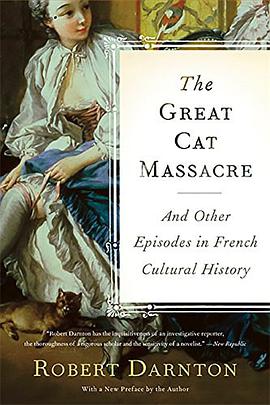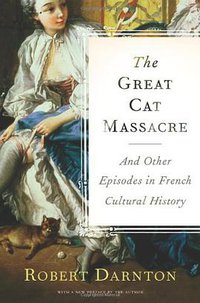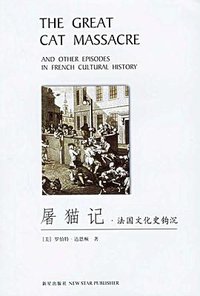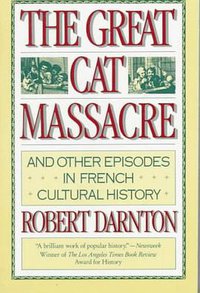The great cat massacre
豆瓣
And other episodes in French cultural history
Robert Darnton
简介
A rich and splendid book! ---Marghanita Laski.
A riveting portrait of French mentalités under the ancien régime.
The Great Cat Massacre (1984) is the subject of a scholarly work by American historian Robert Darnton, describing and interpreting an unusual source detailing the murder or "massacre" of cats during the late 1730s by apprentice printers living and working on Rue Saint-Séverin in Paris.
Darnton describes how, as the apprentices suffered hard conditions, they came to resent the favours which their masters gave to their cats, and contrived to deal with the nuisance cats by slaughtering them so as to distress their masters. Darnton interprets this as an early form of workers' protest.
Believing that historians should adopt anthropological methods in order to understand 'the otherness' of previous eras,Robert Darnton analyses a rich variety of sources,from grim peasant folklore to Enlightenment philosophy,in order to show not merely what men and women thought,but why they thought it.
contents
Acknowledgments
Introduction
1. Peasants Tell Tales: The Meaning of Mother Goose
2. Workers Revolt: The Great Cat Massacre of the Rue Saint-Séverin
3. A bourgeois Puts His World in Order: The City as a Text
4. A police Inspector Sorts His Files: The Anatomy of the Republic of Letters
5. Philosophers Trim the Tree of Knowledge: The Epostemological Strategy of the Encyclopédie
6. Readers Respond to Rousseau: The Fabrication of Romantic Sensitivity
Conclusion
Notes
Index






